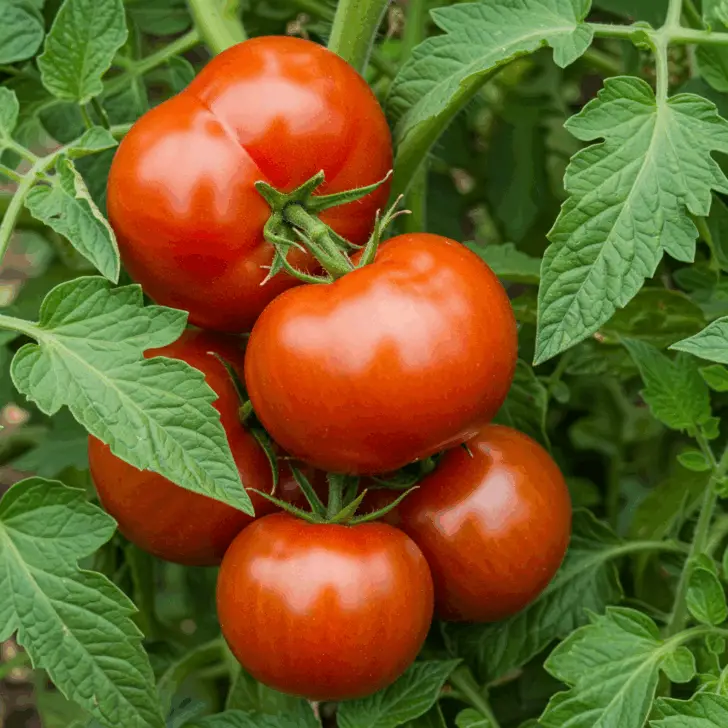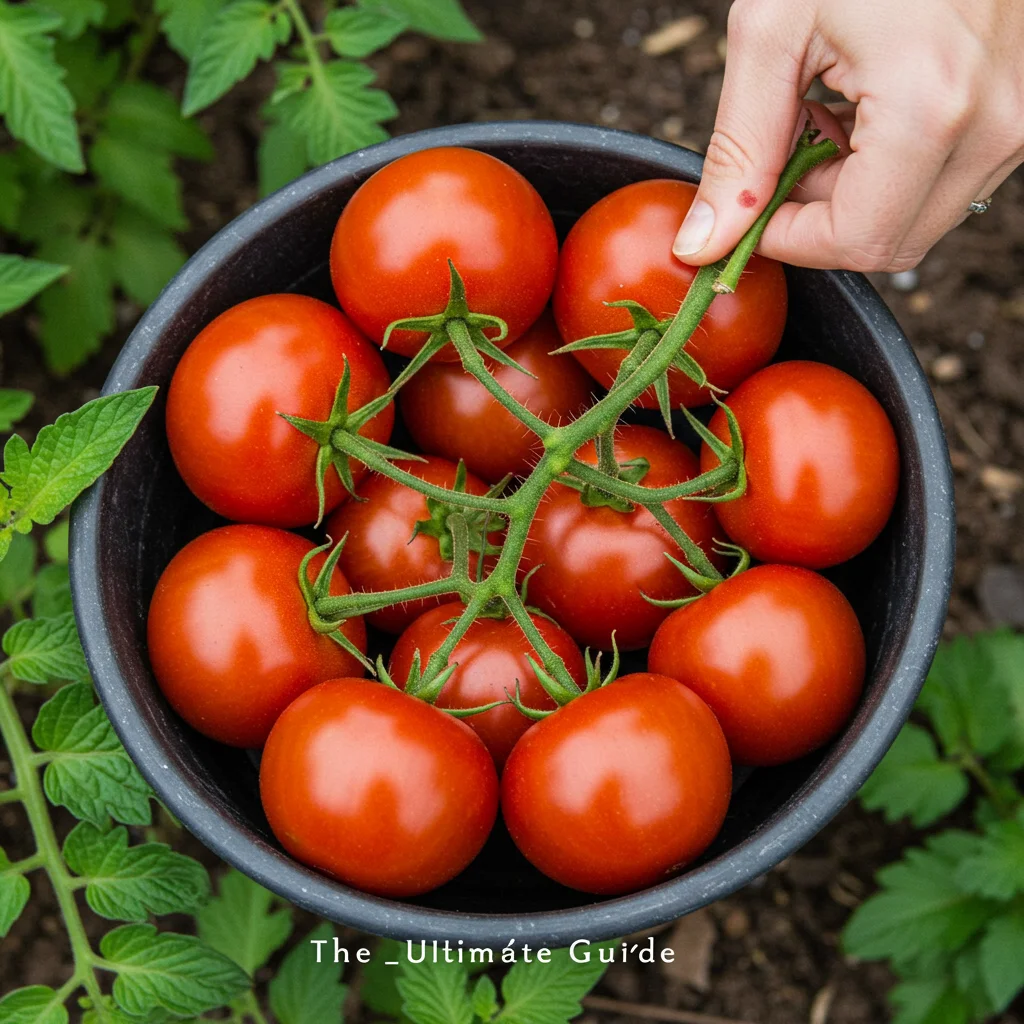Knowing when to plant tomatoes in Phoenix is crucial for a successful harvest. This guide provides detailed information on ideal planting times, preparing your garden, and caring for your tomato plants in the unique Phoenix climate.

Introduction: Growing Tomatoes in the Desert Heat
Growing juicy, ripe tomatoes in Phoenix presents a unique challenge due to the intense desert heat. Unlike more temperate climates, the traditional tomato growing season doesn’t neatly align with spring and summer. Success hinges on understanding the specific climate nuances and adjusting your planting schedule accordingly. This comprehensive guide will walk you through the best times to plant tomatoes in Phoenix, ensuring you reap a bountiful harvest.
Understanding Phoenix’s Climate and Its Impact on Tomatoes
Phoenix experiences scorching summers and mild winters. Tomatoes thrive in warm weather but struggle in extreme heat. Temperatures above 95°F can inhibit fruit set and cause blossom drop, leading to a lower yield. Conversely, planting too early risks exposing young seedlings to frost. Therefore, timing is everything.
The Best Time to Plant Tomatoes in Phoenix
The optimal time to plant tomatoes in Phoenix is dictated by the two main growing seasons:
- Fall Planting (Late Summer/Early Fall): For a winter harvest, sow seeds indoors in July or August and transplant seedlings in late August or early September. This allows plants to establish themselves before the cooler winter months arrive and produce fruit from late fall through early spring.
- Spring Planting (Late Winter/Early Spring): For a summer harvest, start seeds indoors in December or January and transplant seedlings from mid-February to early March. This gives the plants time to mature and produce fruit before the intense summer heat sets in.
Starting Seeds Indoors
Starting tomato seeds indoors gives your plants a head start.
- Seed Starting Mix: Use a high-quality seed starting mix, not garden soil.
- Containers: Use small pots or seed trays with drainage holes.
- Light: Provide ample light using grow lights or a sunny windowsill.
- Watering: Keep the soil consistently moist but not soggy.
- Hardening Off: Gradually introduce seedlings to outdoor conditions before transplanting.
Preparing Your Garden Bed
- Location: Choose a sunny spot that receives at least 6-8 hours of direct sunlight per day.
- Soil: Amend the native soil with compost or other organic matter to improve drainage and fertility. Tomatoes prefer slightly acidic soil (pH 6.0-6.8).
- Spacing: Space tomato plants about 2-3 feet apart, depending on the variety.
- Support: Provide support for the plants using stakes, cages, or trellises.
Transplanting Seedlings
- Timing: Transplant seedlings after the last frost date has passed (typically mid-February for spring planting and late August for fall planting).
- Watering: Water deeply after transplanting to help the roots establish.
- Mulching: Apply a layer of mulch around the plants to retain moisture, suppress weeds, and regulate soil temperature.
Caring for Your Tomato Plants
- Watering: Water deeply and regularly, especially during dry periods. Avoid overhead watering to prevent fungal diseases.
- Fertilizing: Feed your tomato plants with a balanced fertilizer every 2-3 weeks.
- Pruning: Prune indeterminate varieties to encourage fruit production and improve airflow.
- Pest and Disease Control: Monitor for pests and diseases and take appropriate action.
Harvesting Your Tomatoes
Harvest tomatoes when they are fully ripe and have a deep red color. Gently twist or snip the fruit from the vine. (
Troubleshooting Common Tomato Problems
- Blossom End Rot: This is caused by calcium deficiency. Amend the soil with calcium and ensure consistent watering.
- Sunscald: Protect fruit from intense sun by providing shade or using shade cloth.
- Early Blight: This fungal disease can be prevented by proper spacing and air circulation.
- FAQs: When to Plant Tomatoes in Phoenix
- Q: Can I grow tomatoes year-round in Phoenix?
- A: While it’s possible to grow tomatoes during the milder winter months, the intense summer heat can make it challenging.
- Q: What are the best tomato varieties for Phoenix?
- A: Heat-tolerant varieties like ‘Heatwave,’ ‘Solar Fire,’ and ‘Phoenix’ are well-suited to the Phoenix climate.
- Q: How often should I water my tomato plants in Phoenix?
- A: Watering frequency depends on temperature and soil conditions. A general guideline is to water deeply every 2-3 days during the warmer months.
- Q: How can I protect my tomato plants from the intense summer sun?
- A: Use shade cloth or strategically plant taller crops to provide shade during the hottest part of the day.
Conclusion: Enjoying Your Homegrown Tomatoes
Growing tomatoes in Phoenix requires careful planning and attention to the unique climate conditions. By following the guidelines provided in this guide and adapting your approach based on the specific time of year, you can successfully cultivate a thriving tomato garden and enjoy the delicious rewards of fresh, homegrown tomatoes. Remember to select heat-tolerant varieties and adjust your watering schedule according to the temperature. With a little patience and dedication, you can enjoy a bountiful tomato harvest, even in the desert heat.

